The scene takes place in an idealized landscape. In the foreground, a venerable old man, richly dressed (blue tunic, yellow sash, and red ermine cape, with a matching colored turban), walks, indicating the act with his hands, toward a woman who is covering her face, thus showing the artist her grief. She is accompanied by a child who has his back to the viewer and is carrying a series of packages and a vase, suggesting a journey. On the left, in some modest buildings, an old woman leans out to view the scene with a smile, while a young boy does the same, opening a wooden door from which a small dog escapes. The image shows a story from Genesis. The story goes that Sarah agreed to Abraham having offspring from an Egyptian slave, Hagar, from which union Ishmael was born. However, when Sarah had Isaac through a miracle, she convinced Abraham to expel Sarah and her son. The anecdotal detail of the presentation of the smiling Sarah, the dog, Sarah's grief, etc. can also be appreciated in the painting of the same theme by the Flemish artist Pieter-Jozef Verhaghen (1728-1811), in which Abraham also appears wearing a red cloak and turban, but the composition and setting differ; in the painting by Jan Victors from around 1635 (Museum of Fine Arts, Budapest), with Sarah and her son smiling; etc. However, some drawings by Rembrandt are preserved (Herbert F. Johnson Museum of Art at Cornell University two by Rembrandt; this institution has another, probably from the 18th century and anonymous but very similar; and there is another by the artist at the Metropolitan Museum) made in 1637 by the masters who follow, almost point by point, the present work except, logically, in the color and in the background, where the architectures of the Baroque master are replaced by a landscape. -
Dimensions: 15,x18,5 / 28x30 cms


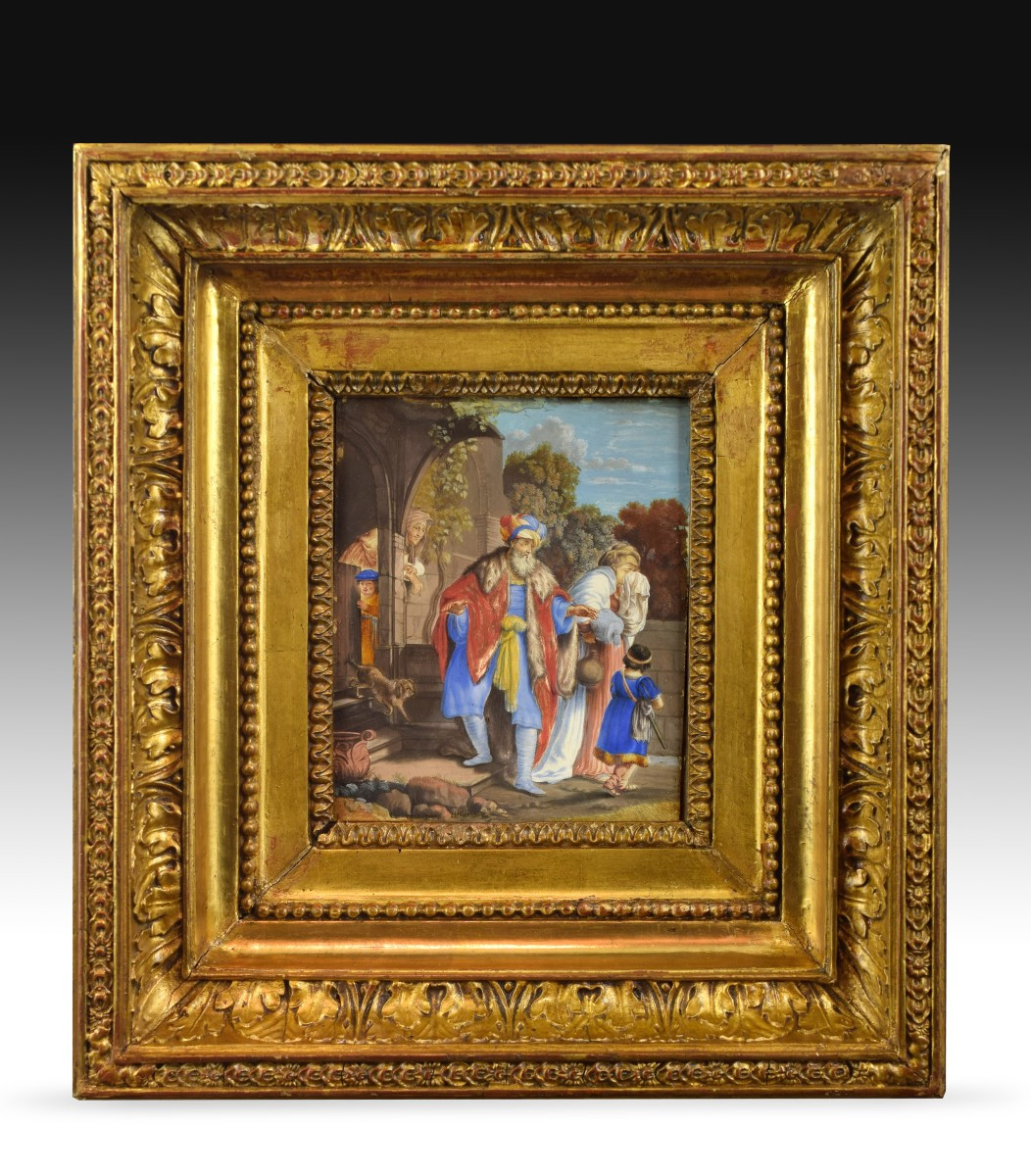
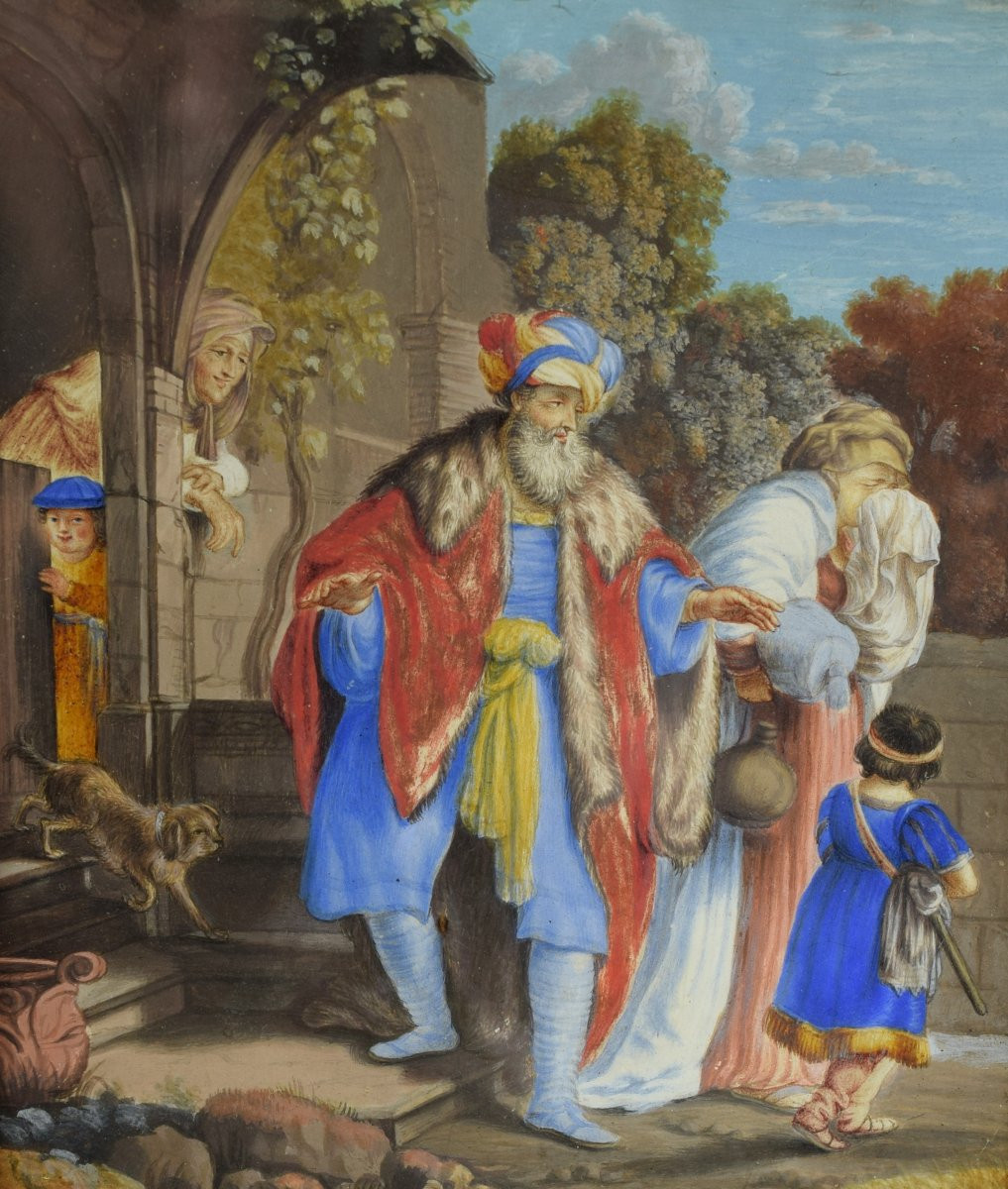
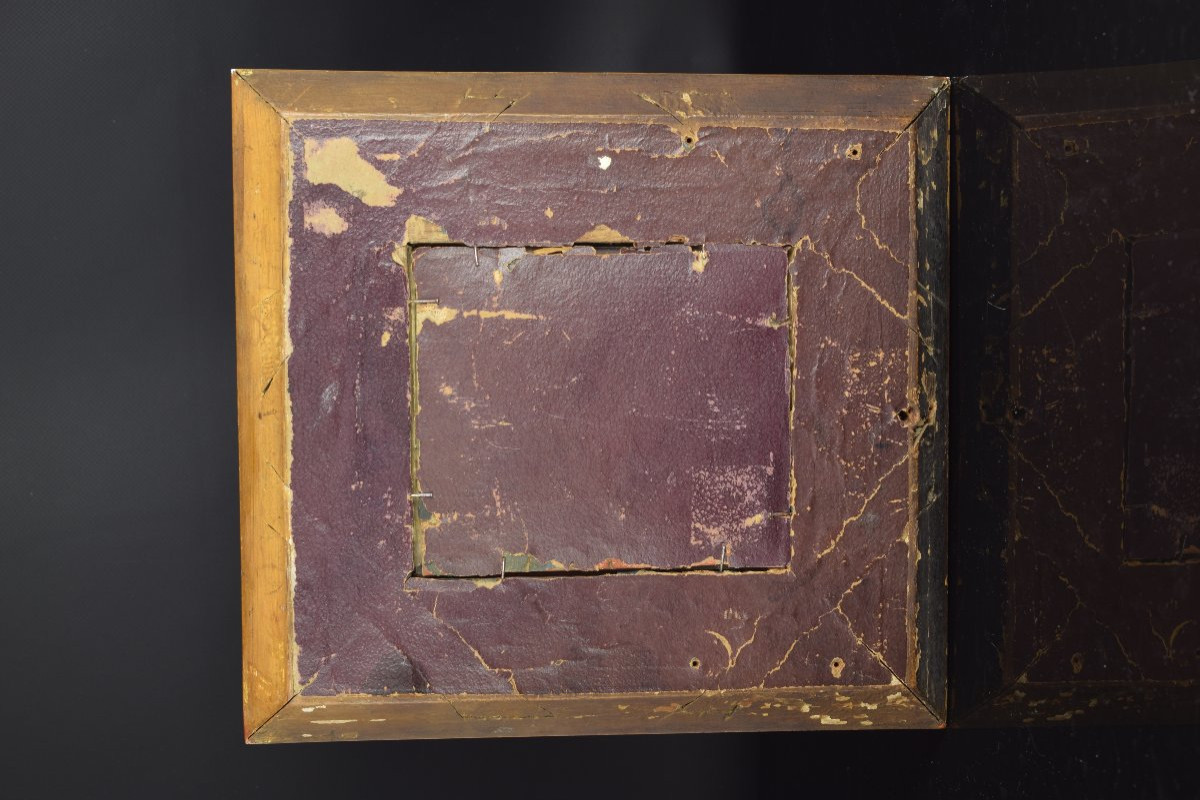
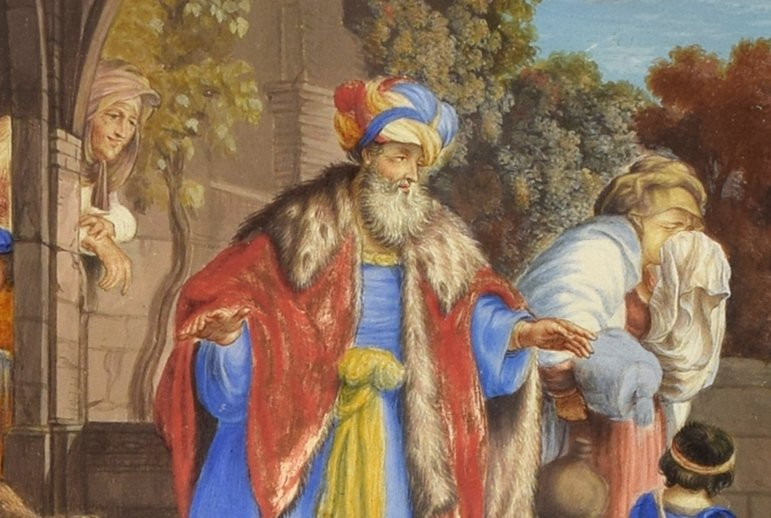
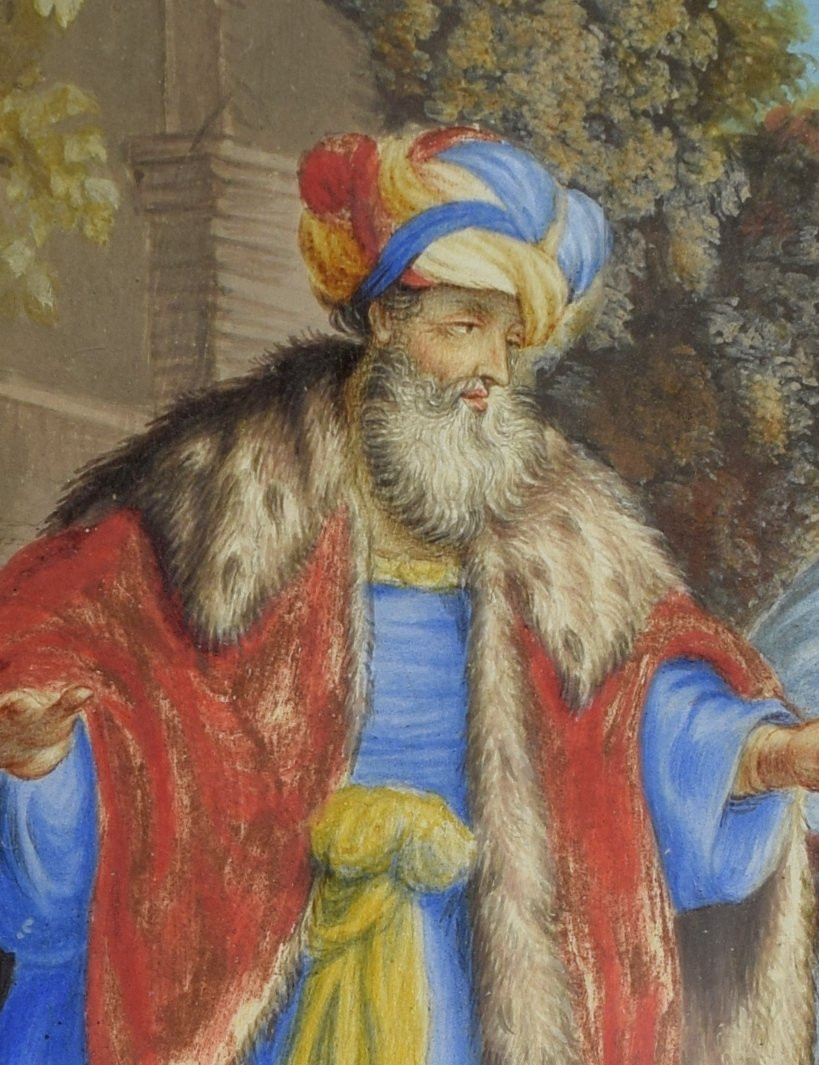
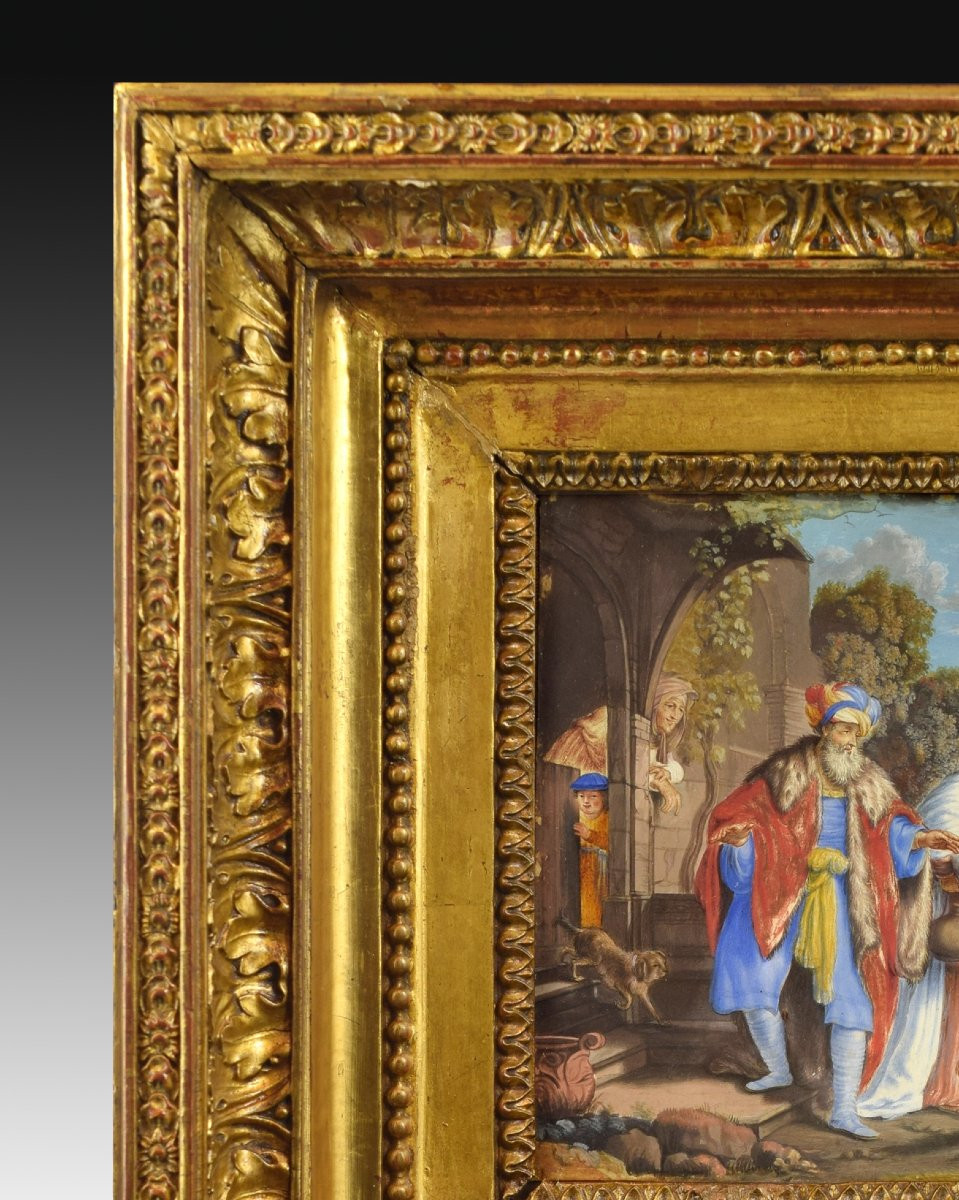
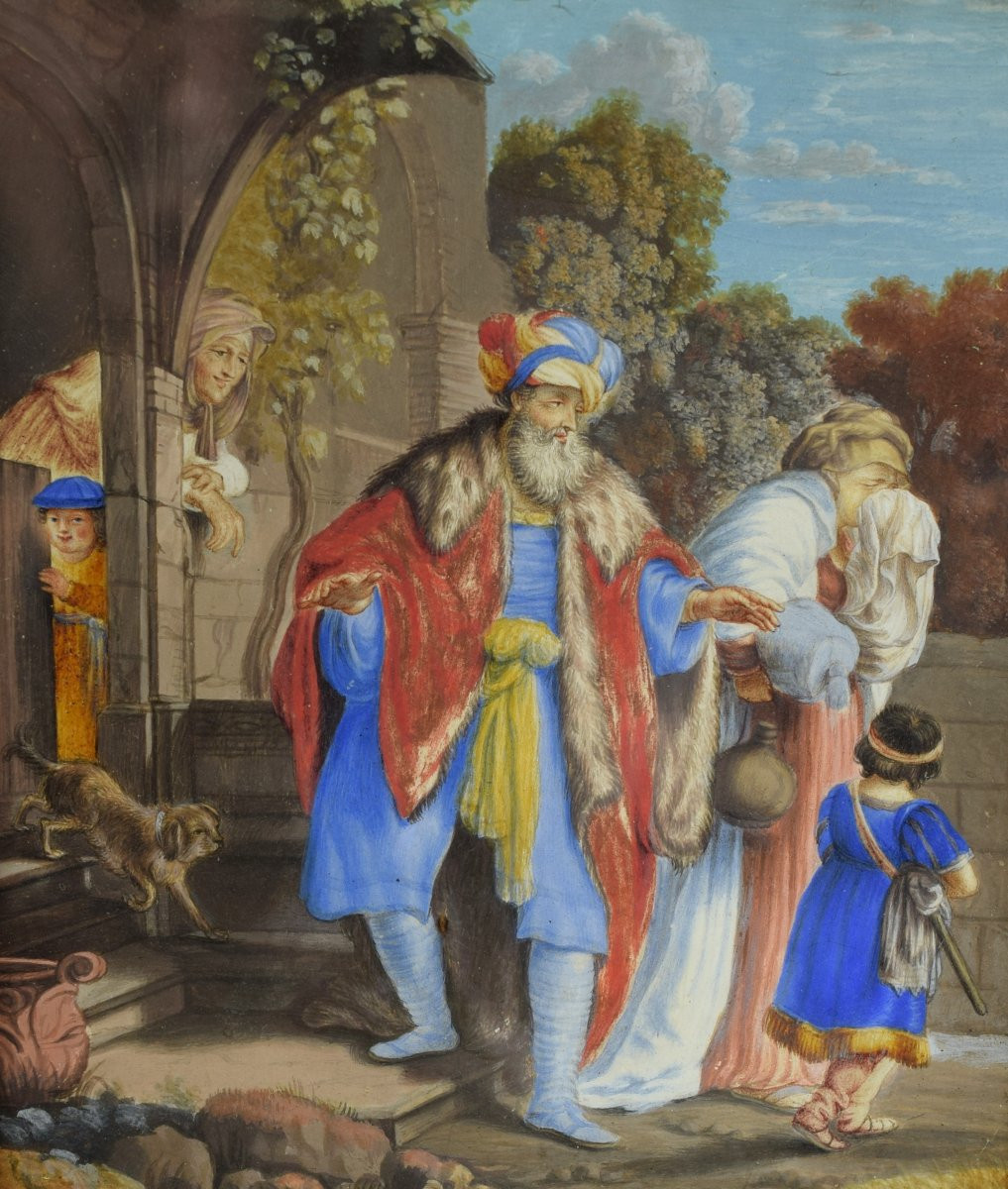












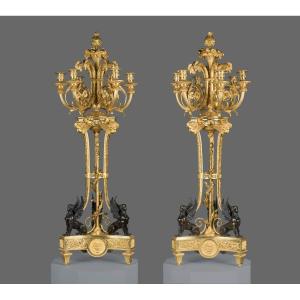










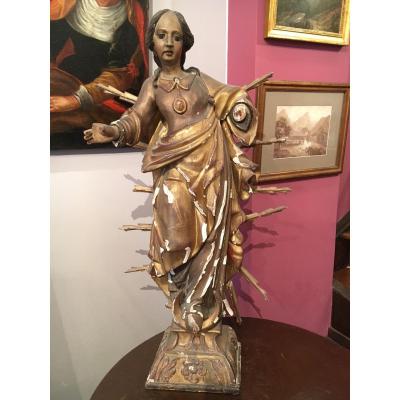







 Le Magazine de PROANTIC
Le Magazine de PROANTIC TRÉSORS Magazine
TRÉSORS Magazine Rivista Artiquariato
Rivista Artiquariato